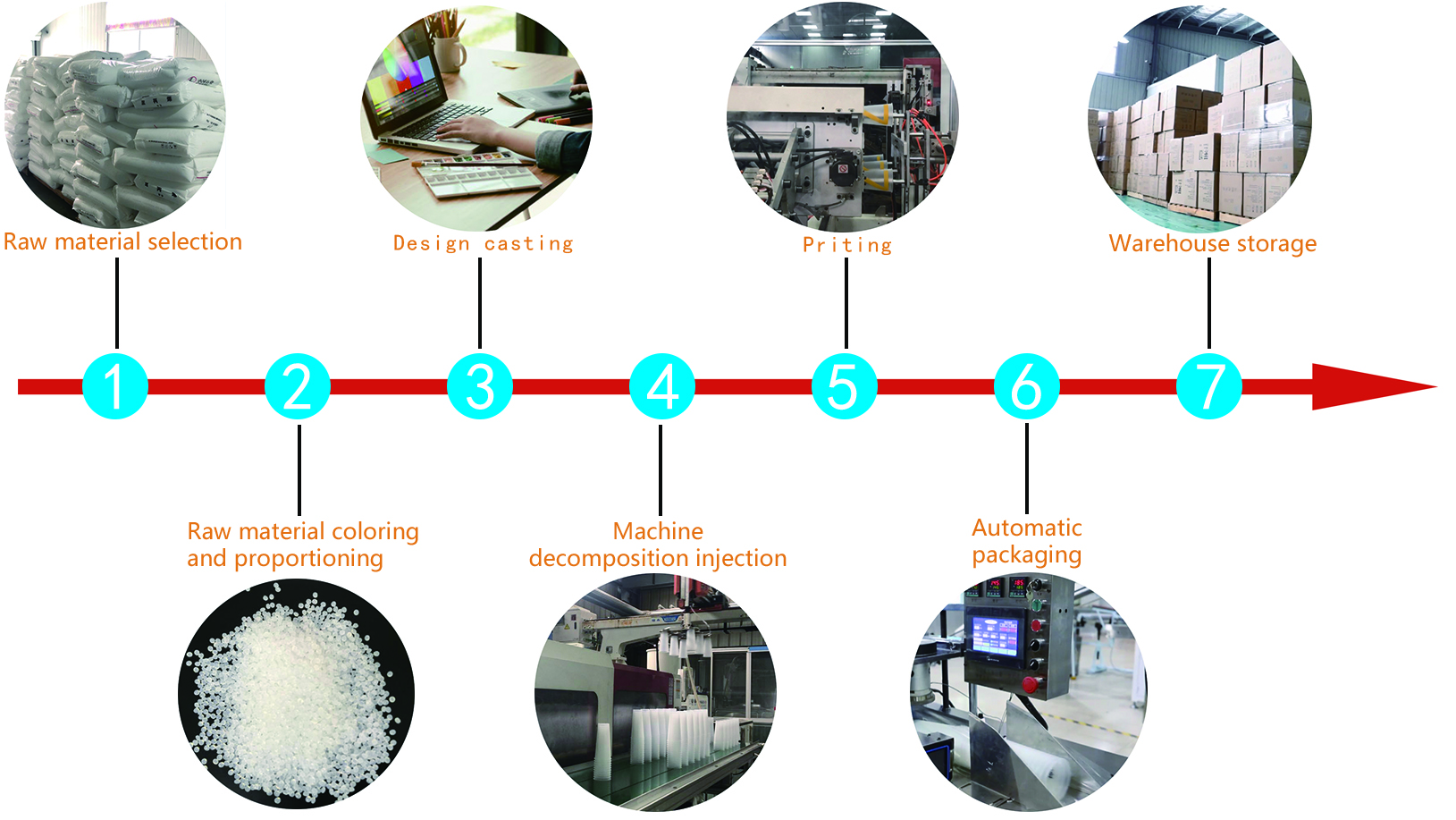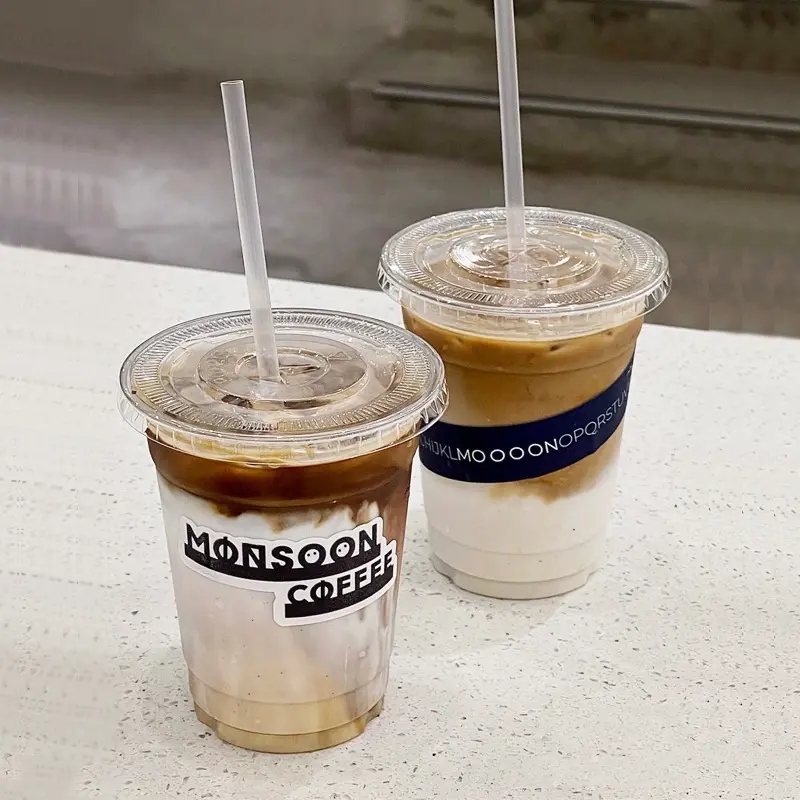Plastic Coffee Cups: Balancing Convenience and Environmental Impact
Introduction:
Plastic coffee cups have long been celebrated for their convenience and practicality, offering coffee enthusiasts a quick and easy way to enjoy their favorite brews. However, the environmental impact of single-use plastics has become a pressing concern in recent years. In this article, we will explore the delicate balance between the convenience of plastic coffee cups and the urgent need to address their environmental consequences. By understanding the challenges and seeking sustainable alternatives, we can make informed choices that ensure a better future for our planet.
1. Convenience and On-the-Go Culture:
Plastic coffee cups have become synonymous with our fast-paced, on-the-go culture. Their lightweight and portable design make them an ideal choice for busy individuals who need a quick caffeine fix during their daily routines. The convenience of disposable cups has undoubtedly contributed to their widespread use, but it has also led to a significant increase in plastic waste.
2. The Plastic Pollution Crisis:
The prevalence of single-use plastic coffee cups has contributed to the global plastic pollution crisis. These cups often end up in landfills, where they can take hundreds of years to decompose, or worse, they find their way into oceans and waterways, posing serious threats to marine life and ecosystems. The need to address this crisis has become more urgent than ever.
3. Eco-Friendly Alternatives:
Recognizing the environmental impact of plastic coffee cups, many coffee lovers and businesses are seeking eco-friendly alternatives. Reusable coffee cups made from stainless steel, glass, or bamboo offer a sustainable option for daily coffee consumption. By investing in reusable cups, individuals can significantly reduce their contribution to plastic waste.
4. Recycling and Waste Management:
Efforts to address the plastic pollution problem also include improved recycling and waste management systems. Proper disposal and recycling of plastic coffee cups can divert them from ending up in landfills or oceans. Additionally, encouraging responsible waste management practices at coffee shops and public spaces can make a difference in reducing plastic waste.
5. Business and Consumer Responsibility:
As the demand for more sustainable options grows, businesses are increasingly taking responsibility for their environmental impact. Coffee shops are offering discounts to customers who bring their reusable cups or even providing incentives for using eco-friendly alternatives. By making conscious choices, businesses and consumers can collectively contribute to a positive change.
Conclusion:
Plastic coffee cups have undeniably redefined convenience in the coffee culture, but the environmental consequences of single-use plastics cannot be ignored. As we strive for a more sustainable future, finding a balance between convenience and environmental impact is crucial. By embracing eco-friendly alternatives, encouraging responsible waste management, and fostering a culture of conscious consumerism, we can make a significant impact in reducing plastic waste and safeguarding the health of our planet. Let us all play our part in preserving the joy of coffee consumption while treading lightly on the earth we share.















